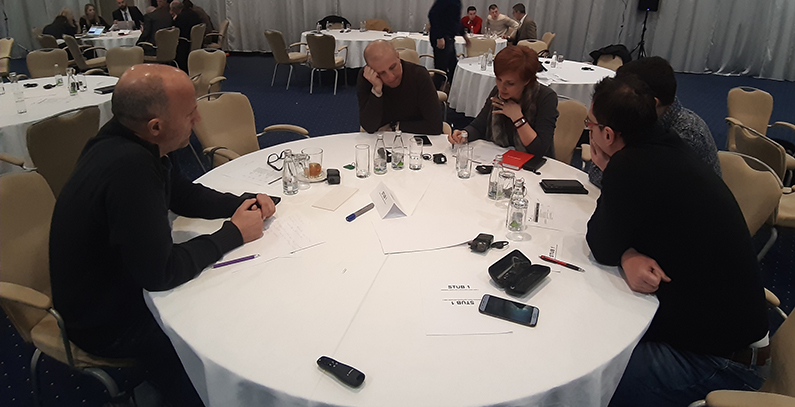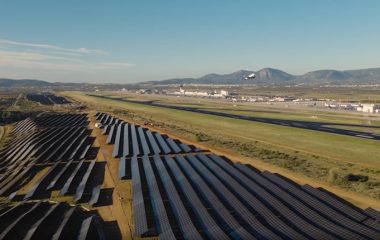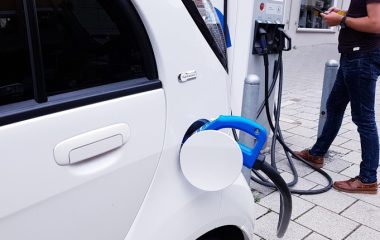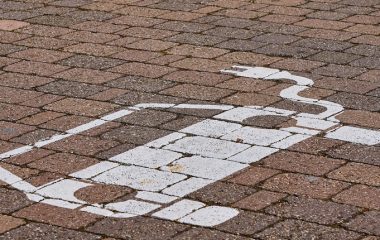
Photo: GIZ ORF-EE
Share
Share
In order to plan a healthier and safer environment for all its citizens, the Canton Sarajevo and the City of Sarajevo invited over 50 key actors for a meeting to define the crucial measures for a Sustainable Urban Mobility Plan (SUMP).
Air pollution and traffic safety have been major concerns in Sarajevo for a long time, while public transport, cycling or walking options for citizens and visitors have been limited due to unfavourable conditions of the existing infrastructure.
In April 2019, the City and the Canton of Sarajevo together with the GIZ Open Regional Fund for South-East Europe – Energy Efficiency (ORF-EE) started a process of facing these shortcomings and of creating a vision of Sustainable Urban Mobility in Sarajevo for 2030. Since then, under the ORF-EE’s project on Sustainable Urban Mobility in SEE Countries II (SUMSEEC II) and with support of the CEDES Consortium and SEE CHANGE NET, a visioning process and an analysis of the current situation have been conducted. The entire process has constantly involved a broad array of different stakeholders.
In a next step of defining the strategies and measures for a Sustainable Mobility Plan (SUMP), on 27 February 2020, Canton Sarajevo and City of Sarajevo invited over 50 key actors from governmental institutions, non governmental sector, professional and academic communities.
The event was opened by Milan Trivić, Deputy Mayor of Sarajevo, Julia Nagel, Sector Funds Manager of the GIZ ORF-EE, and Kemo Zilić of the Canton’s Ministry for Transport as a member of the Coordination Group for the development of the SUMP.
In order to give references, international experts Aljaž Plevnik, and Tom Rye presented typical measures applied in the region and reminded the participants keep on networking and learning from other cities
Anna Loffing, a representative of SEE CHANGE NET, presented a focus group research with professional drivers of trams, buses, minibuses, trolleybuses, taxis, and ambulances, as well as traffic police, whose critical contribution to the mobility system is often overlooked: “Although they have a wealth of knowledge and experience, they said that in the past 25 years they were not asked for opinion in strategic planning processes and they would like to get involved more often!”
The perspective of everyday professional drivers also further emphasized traffic safety as a major concern.
Taking these learnings into account, Professor Osman Lindov and Haris Ćatić on behalf of the Consortium CEDES presented the process of the SUMP development and defined measures within the SUMP document. The measures will include actions aimed at
- public transport improvements
- improved conditions for non-motorized movement as cycling and walking
- the field of electromobility and low-emission transport systems
- increased safety
- stimulating innovation in sustainable urban mobility and
- urban logistics

Stakeholders and experts discuss and prioritise measures for SUMP Sarajevo
Haris Ćatić of CEDES Consortium was content with the participatory approach in defining the measures: “The measures are moving towards a more decisive strategic step towards European standards and citizen expectations in all segments of transport, spatial development and urban mobility. By adopting such a plan, we have come halfway to the realization of the defined goals and vision.”
Ćatić pointed out that after deciding on the combination of measures and setting up an action plan, the SUMP for Canton Sarajevo and the City Sarajevo should be swiftly adopted and implemented.
As Prof. Osman Lindov of CEDES Consortium concluded, the benefits of an effective SUMP will be manifold to Sarajevo:
“The primary task of the Sustainable Urban Mobility Plan is to build institutions and a system that will provide citizens with a promising future for mobility and accessibility, define Sarajevo as a successful dynamic area, promoting development and environmental protection, and a healthy and safe environment for all residents or participants in the transport system.”


















Be the first one to comment on this article.